In reality, guided imagery can be pretty much anything. It occurs while we listen to music. It happens during our conversations. It certainly happens within the classroom, and while sales people, politicians or religious leaders talk. When you examine it, imagery is very similar to indirect hypnosis. Effective guided imagery most likely utilizes the foundational principles of NLP and elements of conversational hypnosis.
Showing all 120 results








































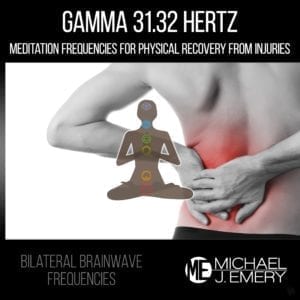














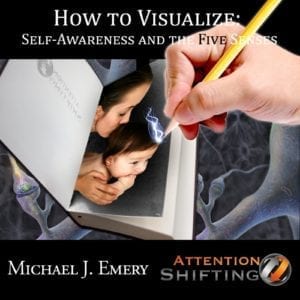
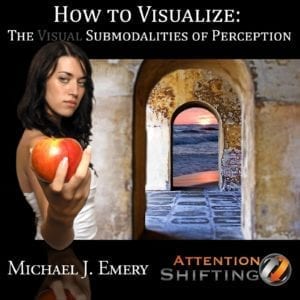













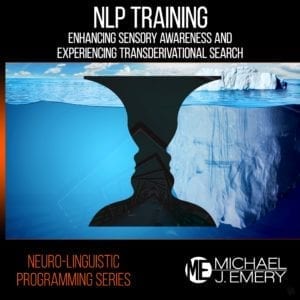
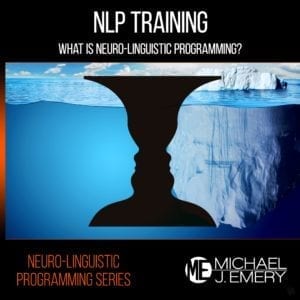






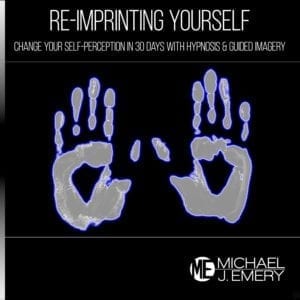











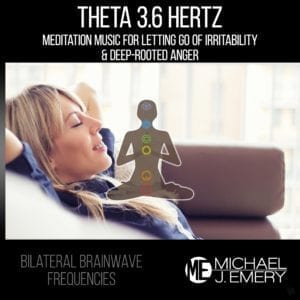





























In reality, guided imagery can be pretty much anything. It occurs while we listen to music. It happens during our conversations. It certainly happens within the classroom, and while politicians or religious leaders talk. When you examine it, imagery is very similar to indirect hypnosis. Effective guided imagery most likely utilizes the foundational principles of NLP. Effective guided imagery will focus upon the successful resolution of a problem or challenge by placing the listeners focus upon the desired end result. Ineffective guided imagery will only cause the listener to vivify and heighten the problem state. Both will use words and language but the content and context will result in different outcomes.
Fortunately, guided imagery techniques can be applied by just about anyone. Guided imagery is different from hypnosis in the sense that there is no additional hypnotic induction, but guided imagery can have the same effect as indirect hypnosis as an individual begins to pay closer attention to his or her internal representations and their focus on the outside world diminishes. Most guided imagery is used to manage stress and reduce tension and its use by a wide array of therapists, hypnotists, psychologists, counselors, life coaches, meditators, and even sports coaches.
One of the most common approaches to guided imagery is to have a person visualize or imagine they are in a pleasant, safe environment as just one of many relaxation techniques for stress. And as the sensations of this environment are heightened and vivified, the individual’s body or physiology will respond in kind. This can be great for managing stress or brainstorming activities.
Everyone uses guided imagery. Any time you communicate you generate words that create an internal representation in the mind of another person. This is simply the communication process. There’s no reason for a guilty indicator to ever suggest that he or she is using guided imagery; this person’s words will simply end effectively create the internal representations necessary to get their point across and generate action. The best communicators use guided imagery techniques to create internal imagery that one cannot help but respond to…
There are countless guided imagery programs utilizing guided relaxation techniques available in the marketplace. One of the best things to do is to try some free programs that are available and if you believe that guided imagery can benefit you then consider purchasing other guided imagery programs. You will mostly be fine that the programs that draw your attention Will be based on personal days and the degree of rapport with the author. Something about that individuals mannerisms, personal history or belief system will attract you and that can be a great place for you to start with specific programs.
In many cases are going to find that the therapist and NLP practitioners are more skilled than the average person because the deal so heavily with the sort of imagery that is being processed by the unconscious mind. If you’re interested in my work, I would say that all of my programs are guided imagery in addition to much more than just that as they include hypnotic language patterns, NLP techniques, brainwave frequencies, binaural beats and more.
Many people find that it helps them to begin to practice guided imagery exercises even before coming to the point where they want to make a new conscious effort to meditate. By first re-creating a relaxing, pleasant memory, you can begin to ease into the meditative process. Practicing this way can also help reduce intimidation and increase your success in finding the mental state you need to attain the higher degree of concentration, you will need to achieve the benefits you seek from guided imagery.
Who uses guided imagery? It is often used to treat patients suffering from chronic diseases such as Parkinson's and Alzheimer's disease. These patients have difficulty maintaining deep focus because their thoughts often stray off course. Guided imagery can be used to re-establish the patient's reality - to re-establish the reality of his or her surroundings and to help him or her focus on the images that surround him or her in his or her environment.
How do you perform guided imagery? To use guided imagery properly, you must learn to relax your body and mind while focusing your eyes steadily on an image. Once you are relaxed, move your gaze up and down the length of your spine. Do not look downward, however, because this can distract your attention and decrease the effectiveness of your visualization. Gazing upward may also increase tension and stress.
Next, close your eyes and relax your face. Breathe deeply as you imagine waves crashing on the beach, dark water beneath your feet, or the vastness of space beyond the horizon. As you focus on these images, your breathing should become regulated. Breathe deeply and slowly at the same time drawing your breath through your nose until all air is in your mouth. When you have exhaled all the way, slowly open your eyes. You should see a spot on the wall where the imagery begins.
When you practice guided imagery, there are a few things you should remember. First, as you become more adept at it, you will need to find a quiet, stable place for your imagery. Second, if you use several images, you may want to alternate back and forth between them. It is important that you do not allow yourself to become fixated on any one image. You can switch back and forth between several images easily when you have mastered the technique.
You can use your imagination to create images in your own mind; however, it is better to use mental imagery. Mental imagery helps you focus on objects, places, and themes with your subconscious. This makes it easier for you to visualize something in your own body, rather than trying to imagine something in your head.
The greatest thing about mental imagery is that you can play with it. You can let your mind wander or even play with it. As you look at yourself in the mirror or brush up against an image in your wall, you can play with it to make changes to your body. If you can imagine yourself with a different body shape or size, you can create that body image and see how that would make you feel, look and behave.
Another way to practice guided imagery is to focus on a specific part of your body. You might imagine stretching out your arms and imagining the muscles becoming looser until they are perfectly relaxed. You might close your eyes and imagine that the world is closed off from you, leaving only your body in its place. Whatever you can do mentally will help you to relax and open up your physical body. You might also close your eyes and imagine walking along the beach with the waves gently lapping at your feet. As you practice this, you will find that guided imagery helps you open up your physical self and become more aware of how your body feels and what your true inner self looks like.
Explore audio program categories utilizing the best techniques in neuro-linguistic programming, Ericksonian hypnosis, brainwave frequencies, and guided visualization.